9 Things We Had in the ’80s That Are Gone Today
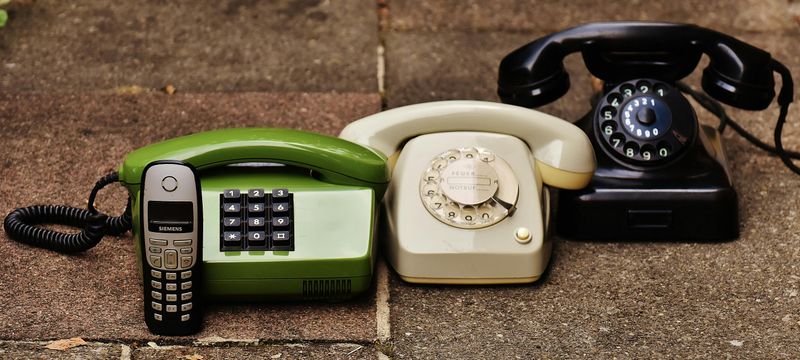
The 1980s were a unique time filled with neon colors, big hair, and technology that seemed cutting-edge back then. Many everyday objects from that decade have disappeared as we’ve moved into the digital age. Let’s take a nostalgic trip back to revisit some beloved items that were part of daily life in the ’80s but have since vanished from our modern world.
1. Video Rental Stores
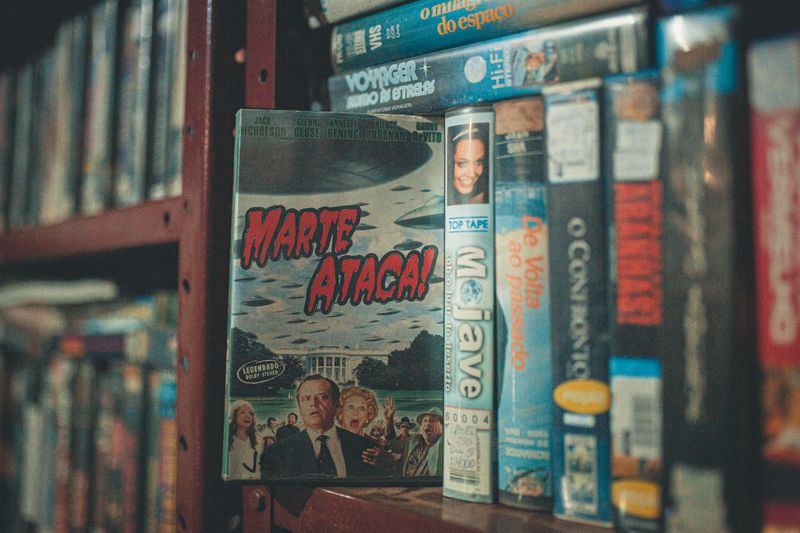
Friday nights meant one thing for many families – a trip to Blockbuster or your local video store to pick out weekend entertainment. Rows upon rows of VHS tapes lined the walls, organized by genre and new releases.
The ritual involved browsing physical boxes, debating choices with family members, and hoping the movie you wanted wasn’t already rented out. Late fees were the bane of every renter’s existence.
These stores were social hubs where you might bump into neighbors or get recommendations from knowledgeable staff who actually watched the movies. Streaming services have completely eliminated this once-thriving industry.
2. Cassette Tapes
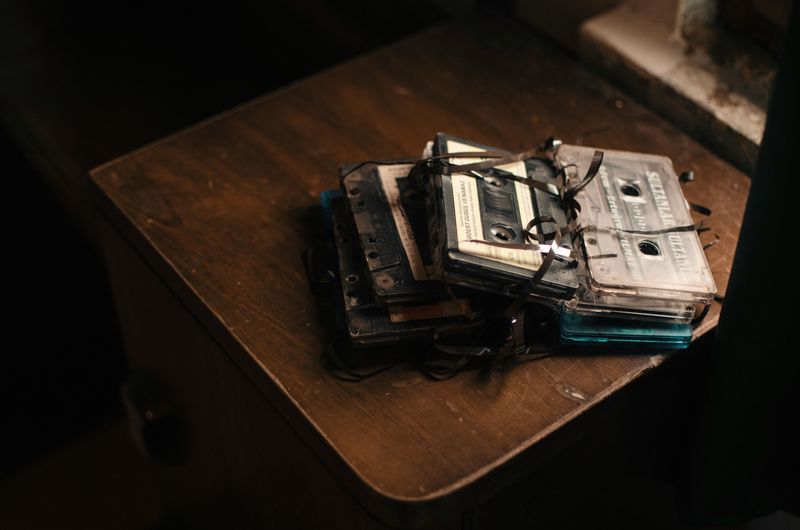
Back when music lived on magnetic tape, making a mixtape was almost an art. You had to plan it out, time it right, and choose each song like it meant something—because it did.
Everyone had their own method for fixing a tangled tape – usually involving a pencil and some gentle twisting. The satisfying click when you popped one into your Walkman or car stereo signaled the start of your personal concert.
Sound quality wasn’t perfect, with its characteristic hiss and occasional warping, but that was part of the charm. Digital streaming can’t replicate the tactile experience of flipping a tape to side B.
3. Rotary Dial Telephones
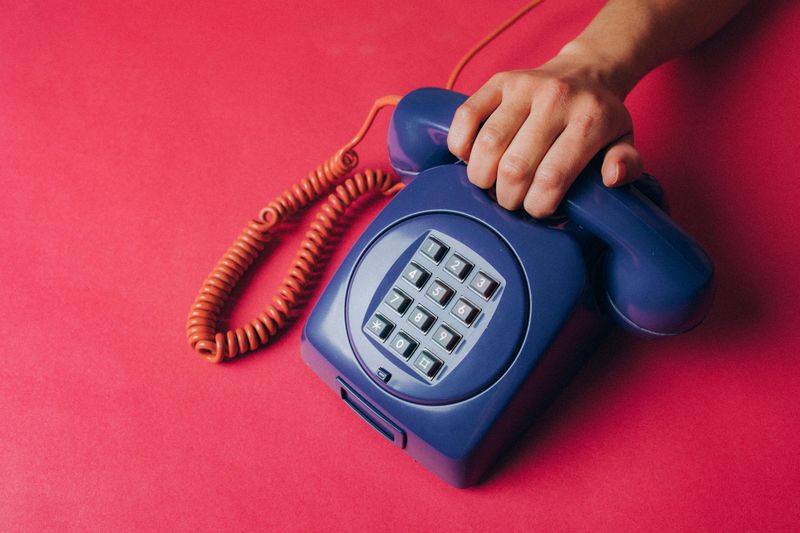
The circular dial with finger holes required a certain technique to master. Each number you dialed meant waiting for the wheel to spin back before starting the next digit, making long-distance calls a true test of patience.
These phones were built like tanks – heavy plastic or metal bases with handsets connected by coiled cords that inevitably became tangled. The satisfying ring was mechanical, not digital, and could be heard throughout the house.
Phone calls were special events that happened in fixed locations, often in hallways or kitchens where the whole family could hear your conversation. No caller ID meant every ring brought mystery and anticipation.
4. Arcade Game Centers
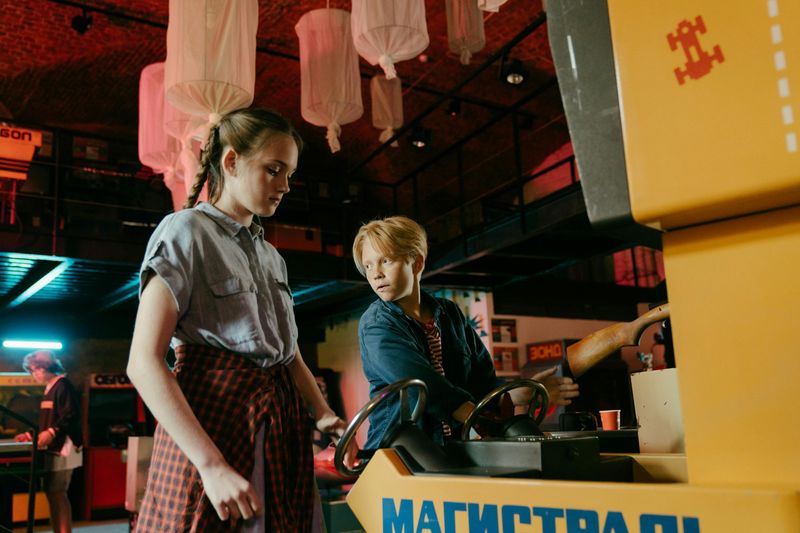
Those neon-lit arcades were packed with games that ate your quarters faster than you earned them. The mix of beeps, explosions, and excited voices created a vibe no home setup could ever match.
High scores were badges of honor, with three-letter initials immortalized until the next skilled player came along. Games like Pac-Man, Space Invaders, and Donkey Kong drew crowds who would watch over your shoulder as you played.
These social gaming hubs were where friendships formed and rivalries developed over joystick skills. Modern online gaming might connect more people, but lacks the physical presence and immediate reactions of arcade culture.
5. Record Stores
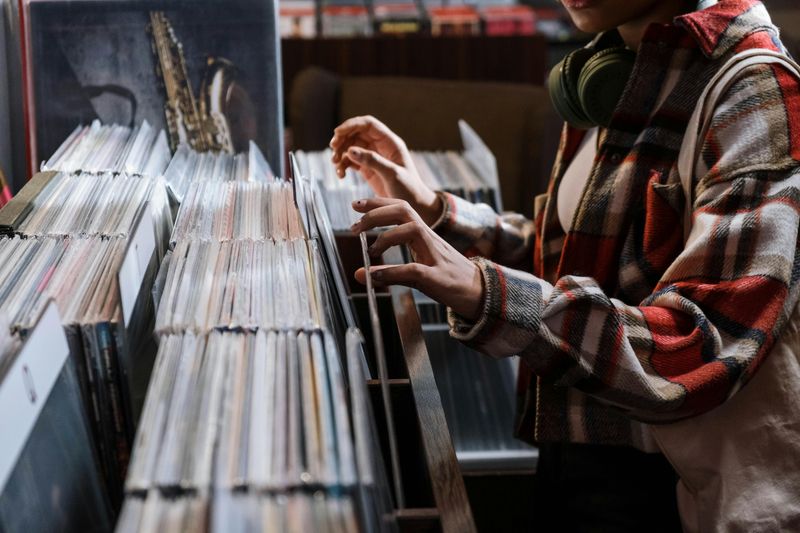
There’s something about browsing vinyl albums that digital music will never replace. The covers were more than just pictures—they were artworks made to be enjoyed up close and shared.
Record store employees were musical oracles who could recommend obscure bands based on your tastes. Finding a rare album after months of searching brought genuine joy and accomplishment.
The ritual of carefully removing a record from its sleeve, placing it on the turntable, and lowering the needle required reverence for the music. These stores were cultural hubs where music lovers gathered to discuss new releases and discover sounds that might never make radio playlists.
6. Pay Phones
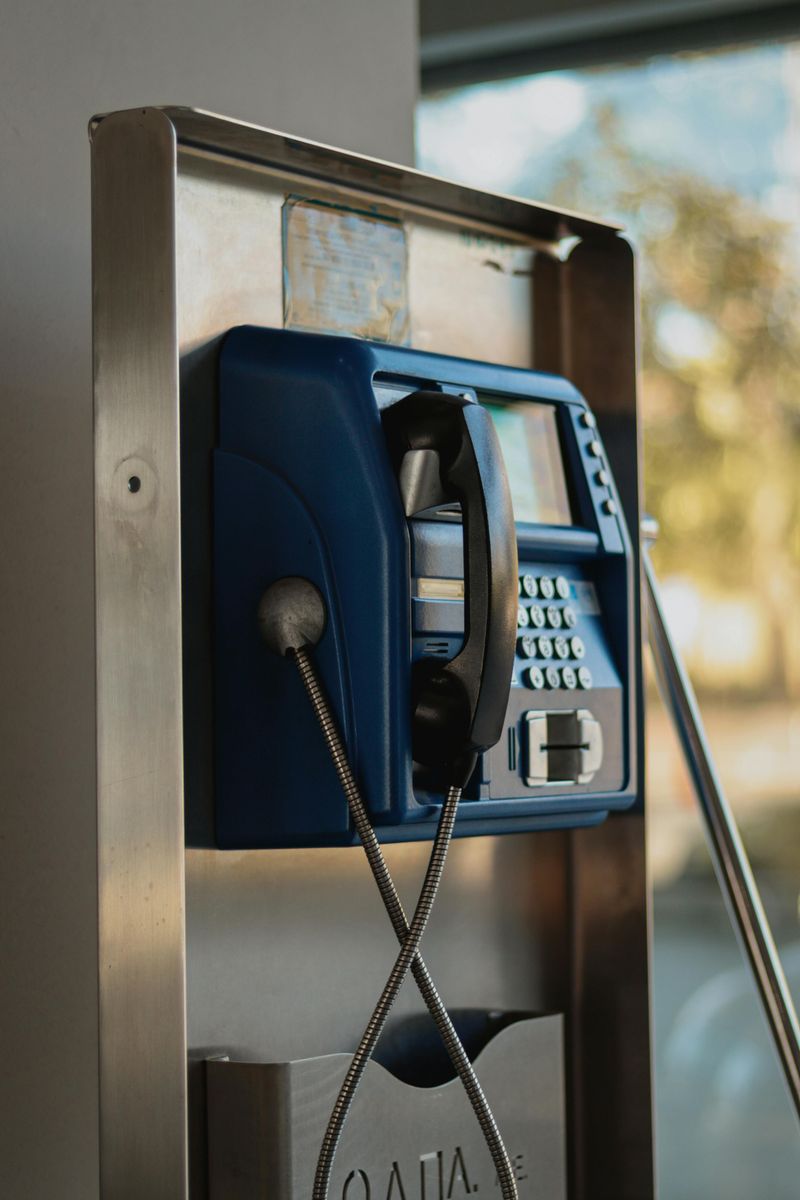
Glass or metal booths housing public telephones once stood on street corners, in shopping malls, and at gas stations nationwide. These communication lifelines required coins or calling cards and often had phone books dangling from chains below.
Making a call meant having correct change ready and hoping the person you were calling would be home to answer. The phrase “I’ll call you when I get there” actually meant finding a pay phone upon arrival.
Movie scenes frequently featured dramatic calls from these booths, with characters frantically feeding quarters as time ran out. Cell phones have made these once-ubiquitous fixtures nearly extinct, with few remaining as nostalgic curiosities.
7. Floppy Disks
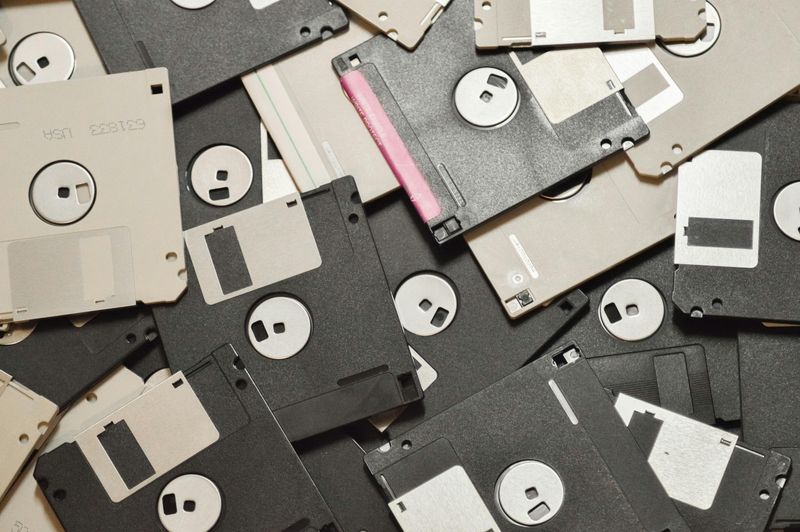
Back in the day, computer data was kept on thin magnetic disks protected by square plastic cases. The early 5.25-inch floppies were really floppy, but the smaller 3.5-inch ones had rigid shells and little sliding metal covers.
Storage capacity was laughably small by today’s standards – typically 1.44MB at best. Important documents required backup copies, and students carried disks between home and school to work on assignments.
The distinctive sound of a disk drive reading data was unmistakable. Though obsolete for practical use, the floppy disk ironically lives on as the universal “save” icon in many software programs.
8. Encyclopedia Sets

On family bookshelves, neat rows of matching hardbound volumes held a world of knowledge. Buying these reference books was a big deal, often paid off over time thanks to door-to-door salesmen’s monthly plans.
School reports began with pulling the appropriate volume and manually searching for information. Alphabetical organization meant learning to navigate from A to Z efficiently.
Annual yearbooks with updates were sold separately to keep information current. While beautiful as physical objects, these collections couldn’t compete with the instant access and constant updates of Wikipedia and online search engines.
9. Polaroid Instant Cameras
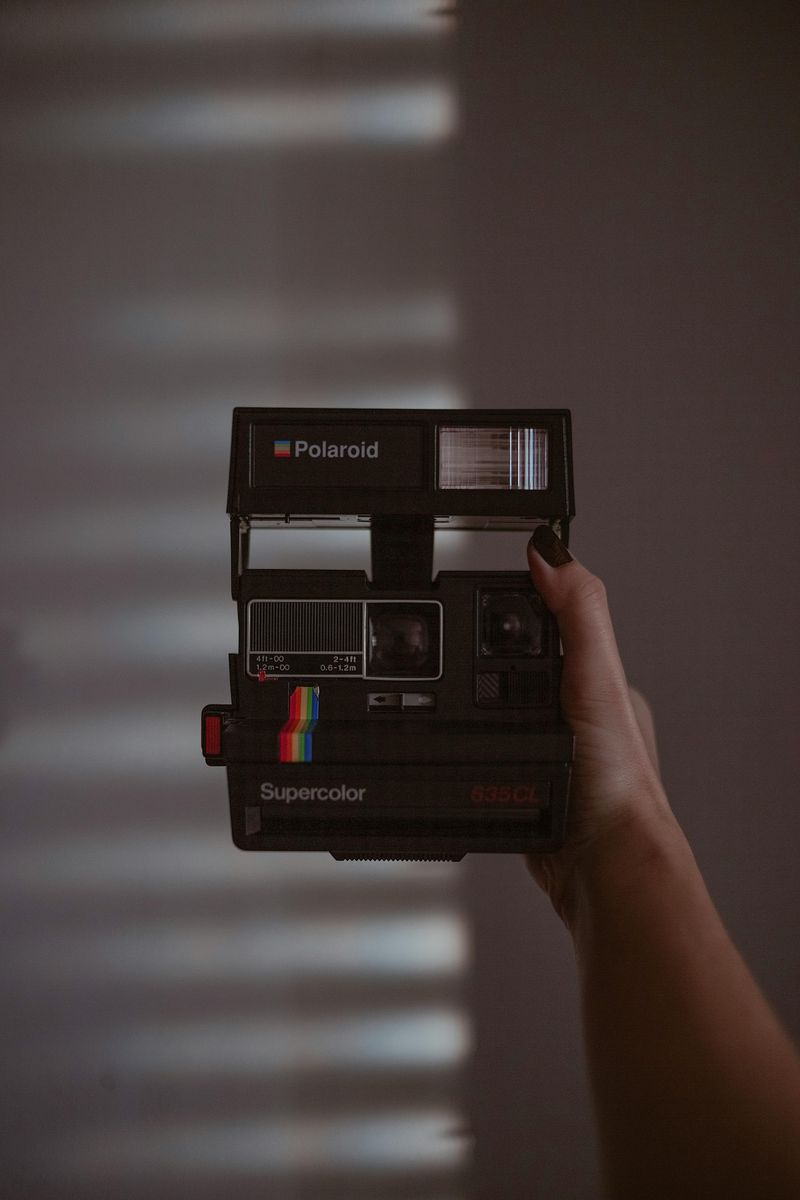
Bulky cameras that ejected square photos which developed before your eyes seemed like magic in the pre-digital era. The anticipation of watching blank gray squares slowly reveal images created moments of shared excitement at parties and gatherings.
Each photo was precious due to the high cost of film cartridges. People would wave the developing pictures in the air (despite instructions not to), believing it helped them develop faster.
Unlike today’s endless digital shots, Polaroids captured singular moments that couldn’t be deleted or filtered. Though modern versions exist, they can’t replicate the authentic chemical process and distinctive white-bordered aesthetic that defined the original technology.

Comments
Loading…